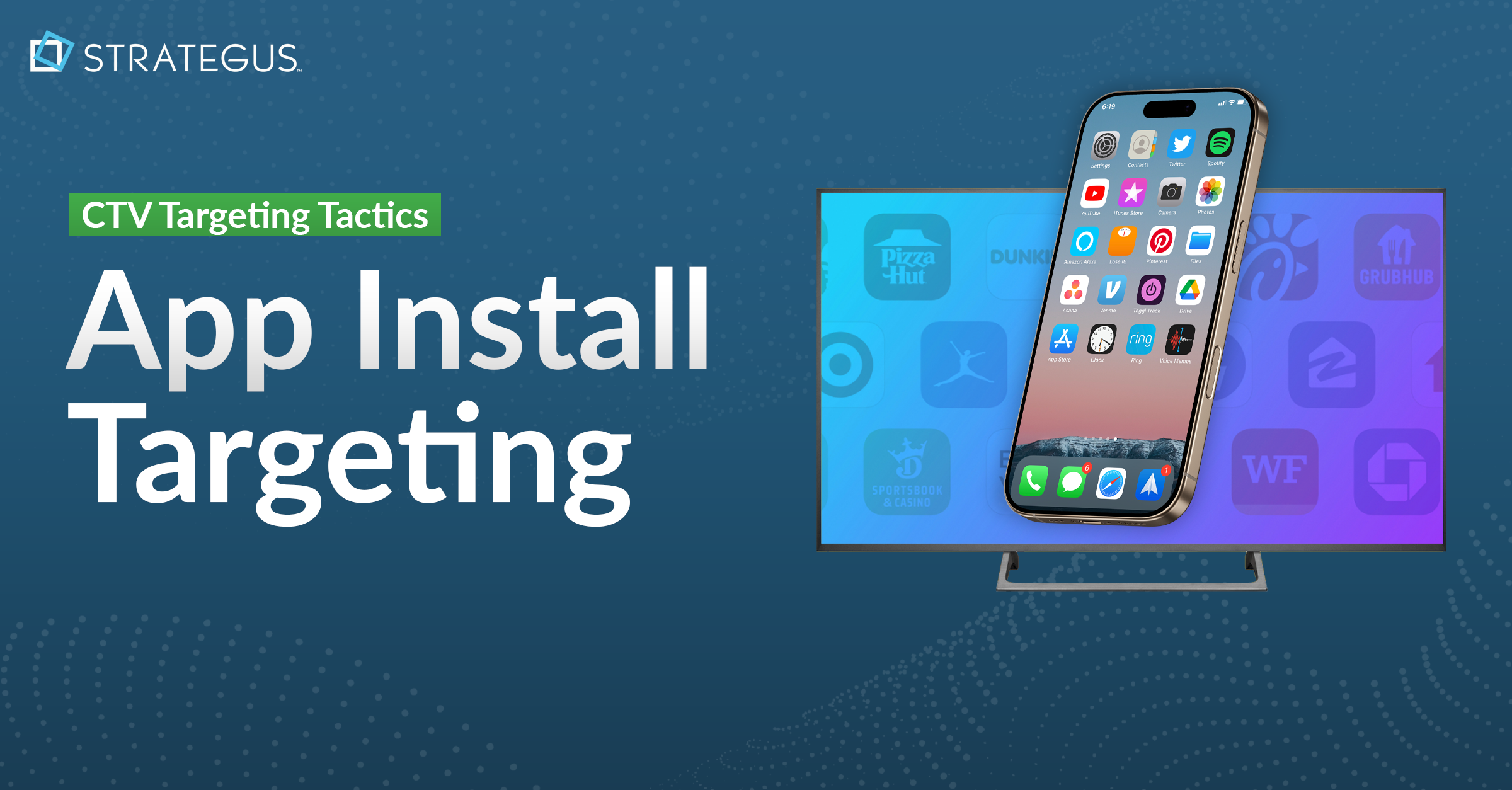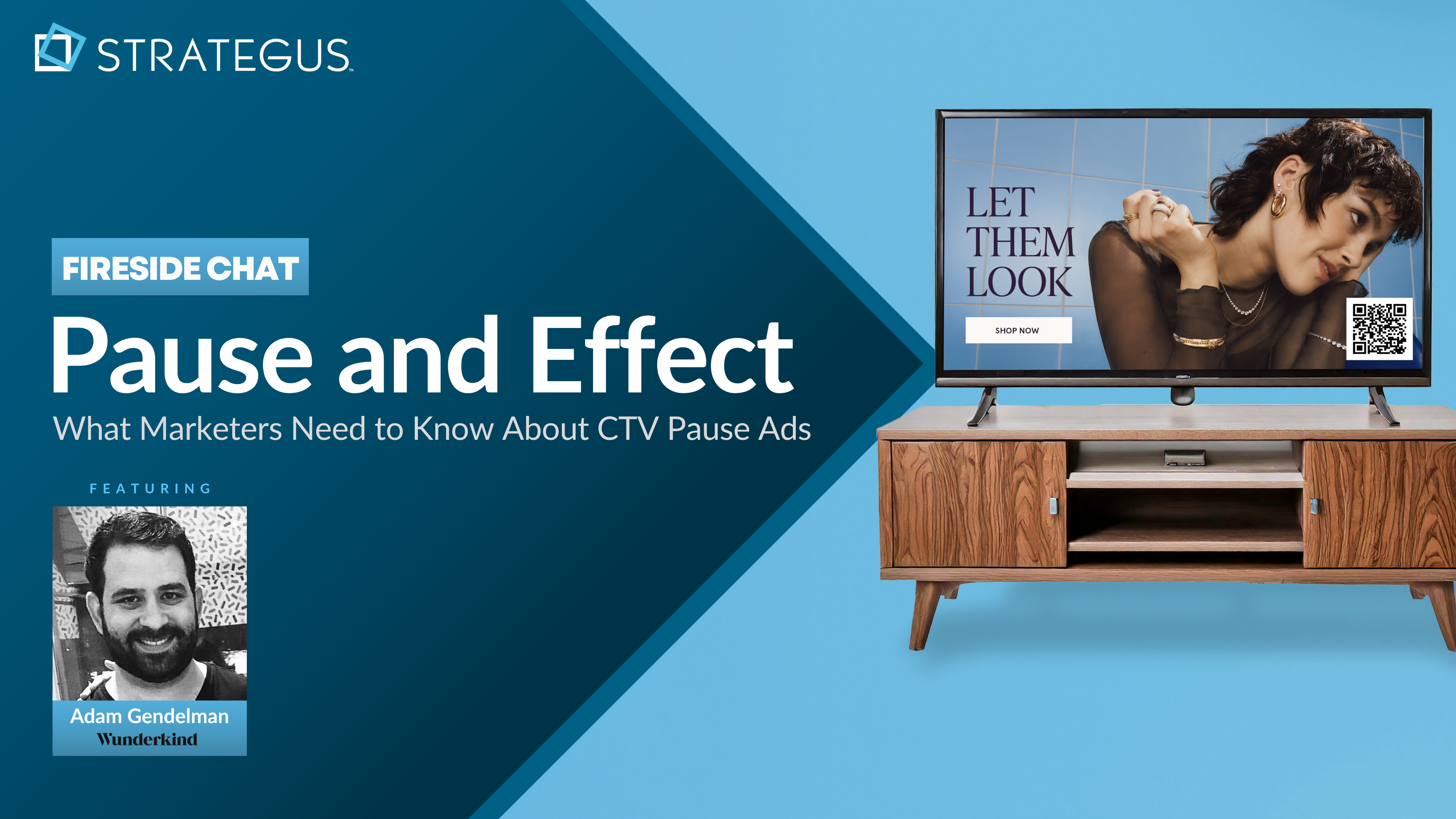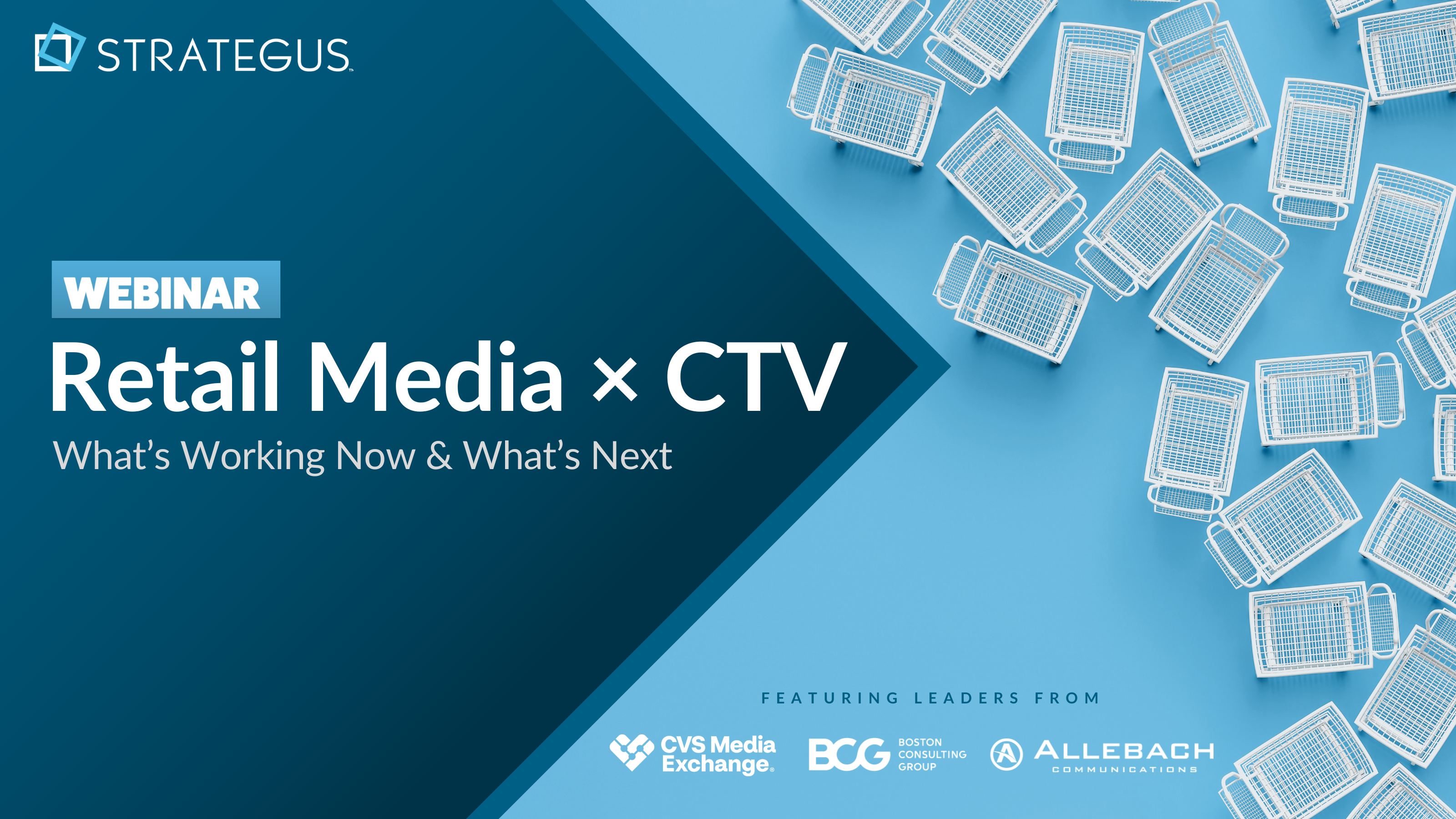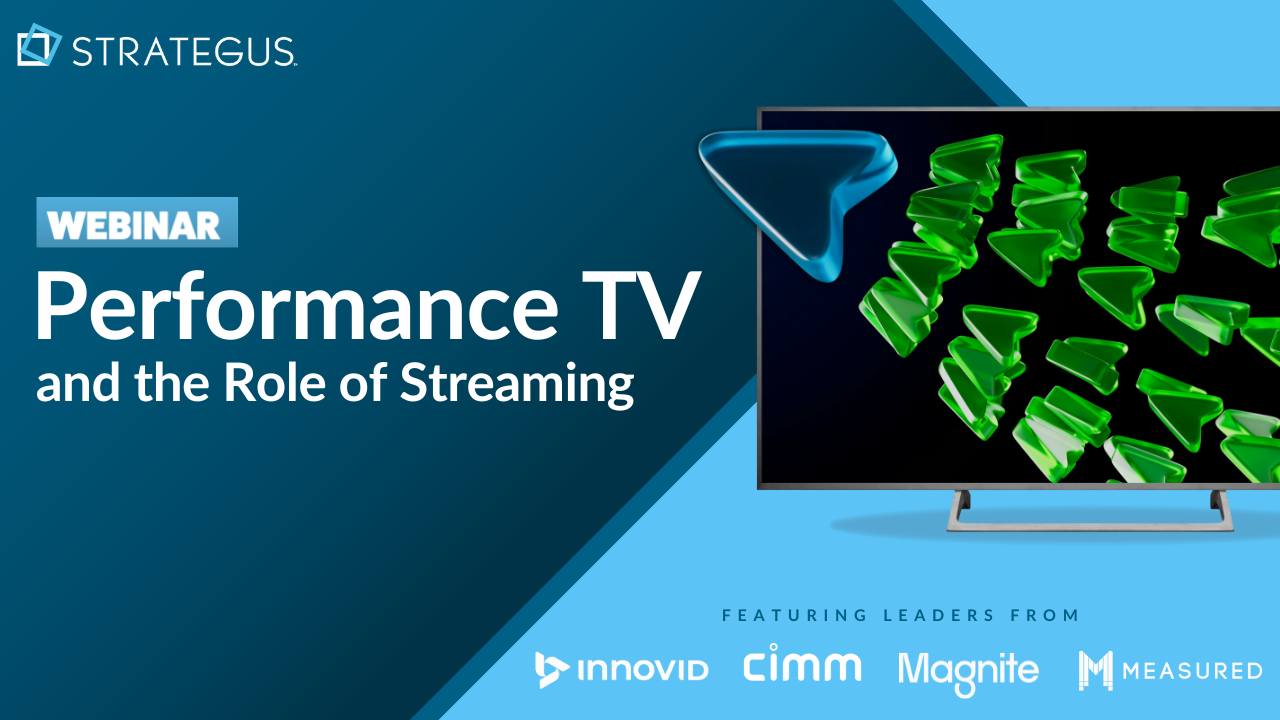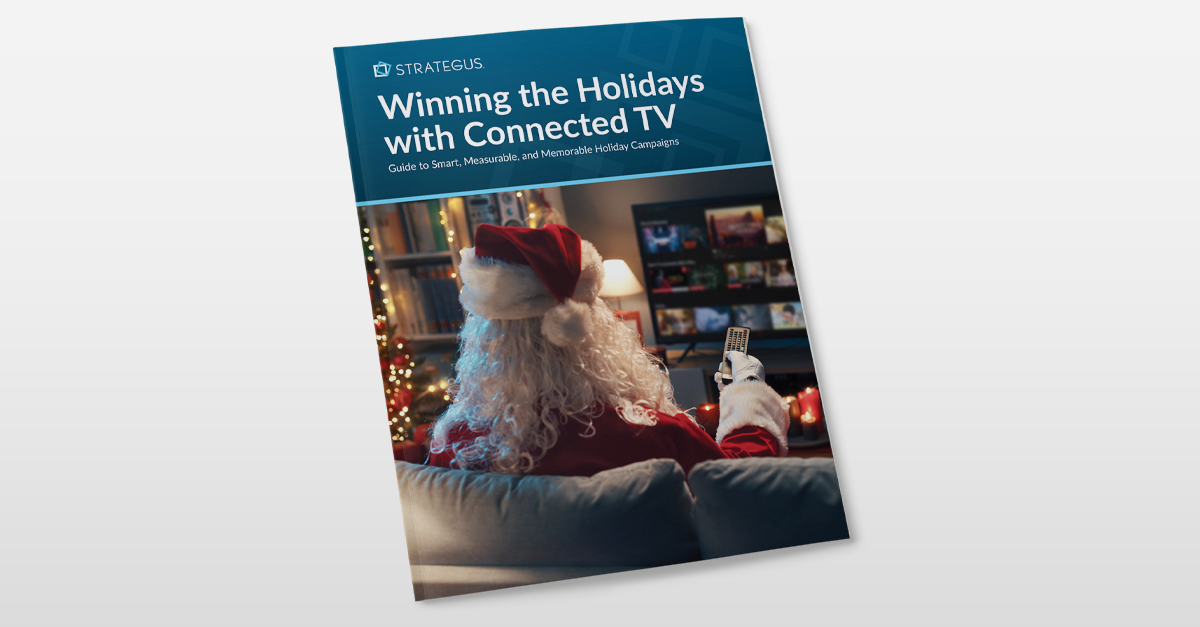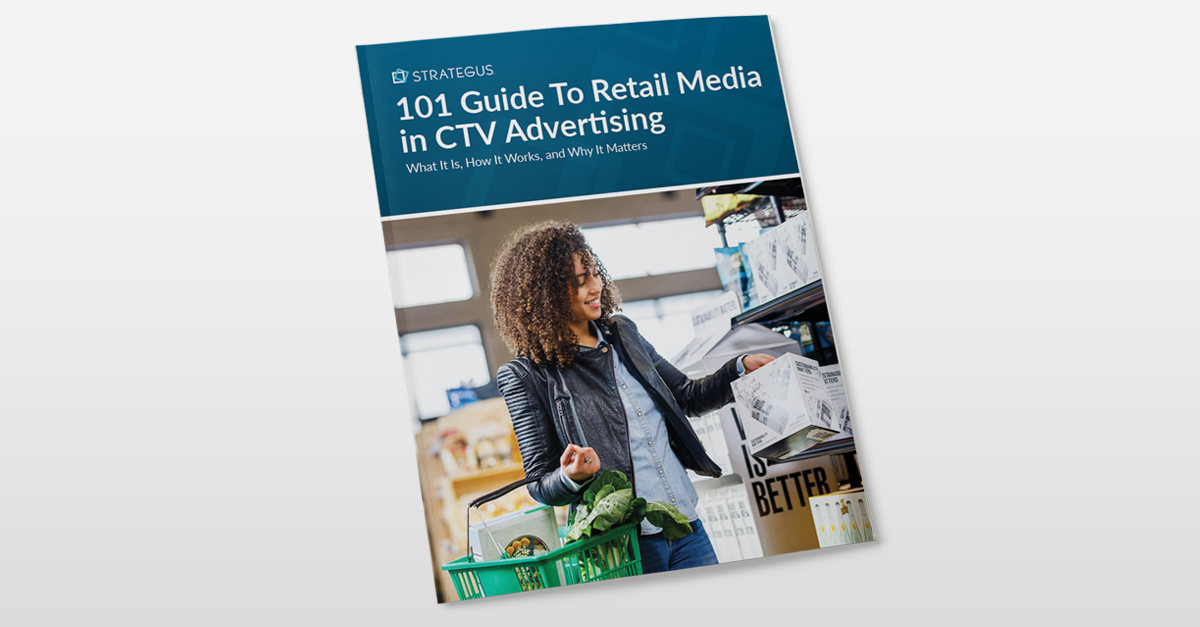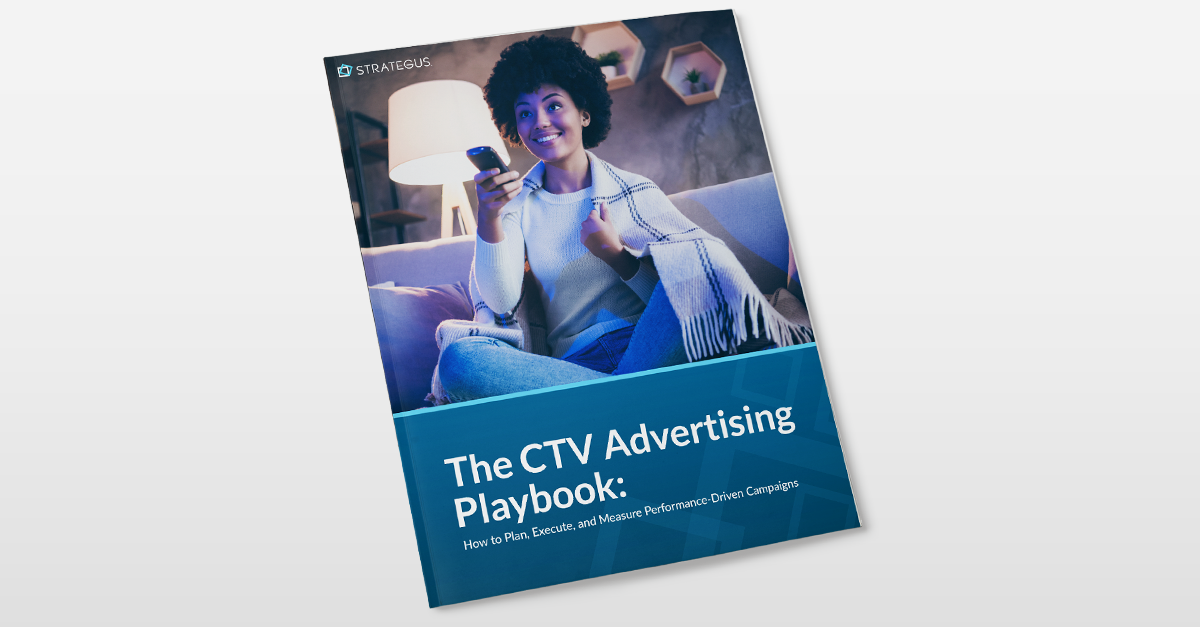What We Learned at CES 2025 with Joel Cox
 Traci Ruether
Traci Ruether
5 minutes read

What did we learn from CES 2025? Strategus Co-Founder Joel Cox dives into the most impactful trends and announcements from his time in Las Vegas.
Discover insights on:
- Why retail media feels like a free-for-all
- The “OS Wars” heating up as TV manufacturers dive into ad tech
- Is AI in advertising finally making an impact or still just hype?
Check out the recording and transcript below:
Traci Ruether: Were there any major themes at this year's CES or needle-moving announcements that kind of caught you off guard?
Joel Cox: Yeah, I think there's a little bit of each. As far as what just completely blindsided me and maybe some of the industry was Disney's buyout, quasi-buyout, merger, whatever. We're going to classify this as of Fubo, and then obviously the implications on Venu.
So that was certainly very interesting. If you follow Fubo stock, you certainly enjoyed that as well. But then as far as themes from CES, this may sound almost like Groundhog Day from last year, but AI, duh, almost every logo and every brand almost sort of uncreatively just looked like they slapped AI on the back of everything that they were doing.
And sometimes that felt more tangible than others. But I think the other theme that stood out were RMNs, or retail media networks, which are also almost a cliche at this point, yet nevertheless just incredibly abundant throughout the inexperience of CES.
Traci Ruether: What are your specific takeaways from CES regarding retail media and how can advertisers navigate such a dynamic space?
Joel Cox: I can answer that first with an analogy. This is the most appropriate for those of you who were at CES, specifically at the ad tech complex at Aria and Cosmopolitan. But I would compare the state of retail media today to the Sky Suite elevator situation at Aria during CES.
And like I said, if you were there, you know what I'm talking about. Just an absolute pushing and shoving, standing-room-only mess. Everyone's trying to get on a very finite number of elevators. And what we ended up having was just pandemonium, but at least in a fun, amusing way.
Put another way, I think the state of retail media networks is kind of a madhouse. Virtually every retailer with even an I, even an iota of shopper data has entered the market as an RMN. And of course, we know why. This data is, you know, the proverbial sawdust on the wood shop floor.
And there are incredible opportunities to monetize it. Strategists and I look at retail media data as a kind of second-party data where it is less cookie-reliant and certainly more interoperable with our new identity currencies. So there's incredible reason and justification for so many retail media providers to enter the space.
Nevertheless, at this point in time, it's still so nascent that there's a complete lack of congruence, a complete lack of consistency, and certainly no standardization. And so outside of the, let's call them major players who've already entrenched themselves, you know, of course, the aforementioned Amazon, probably Walmart, maybe we could fit Kroger in there.
It feels like a free-for-all. So second half of your question was how does an advertiser navigate? I would say that my answer to this is what it's always been, which is to test, to test, and to continue to test. So I would say more tangibly, find the retail media source and data taxonomy that best aligns with your brand and your KPIs, push the data for activation into the DSP of your preference, test against your own first-party data, test against a third party, more commoditized, potentially cookie-based third-party data, and then see what floats to the top.
And if you repeat this exercise a dozen or so times, I think you'll start to find what matters. Yeah, so it sounds like it's pretty crowded. There's good opportunity there, but ultimately it's going to be kind of nuanced to each brand and they're going to have their own learning curve with the state of retail media right now until such a time that either a DSP or some other DMP comes along and is able to centralize and standardize this.
That's exactly what we're going to have to do in the space.
Traci Ruether: We have some people, like Alan Wolk from TVREV, talking about the "OS Wars", but I would love to hear how this played out at CES, given that hardware is often exciting eye candy at these trade shows, but a lot of the innovation is more of the software-based developments.
Is it still the same landscape with Roku and Amazon dominating CTV?
Joel Cox: I think when you think of CES, at least when I think of CES, I think of the crazy gadgets, you know, and the bendable TVs and the funny robots.
But you're absolutely right, these TV OS wars are fundamentally what kind of underpins this bridge from tangible yet low-margin OEM television and other kinds of device manufacturing into the more appealing potential, but also the more blue sky-oriented ad tech space where margins are higher, everything is more scalable.
Ultimately, we've seen some of these players, potentially with more of an ad tech background, enter the ad tech space at CES with a much greater presence years ago, right? Amazon, Roku, are two very notable ones this year we observed Samsung and LG in particular, really embrace that bridge from tangible OEM hardware into more ethereal ad tech-oriented monetization of all of us that embrace those devices and that hardware.
So it's becoming an interesting unified approach where those with hardware want to get into the ad tech space and for good reason. Obviously what that creates is as close to a closed loop of activation and measurement. And that becomes the most meaningful to marketers when achieving that degree of attribution and measurement targeting.
Traci Ruether: You have been critical in the past of the just AI washing. Is the applications of AI in connected TV advertising still very nascent or are you starting to see some real-life applications of this AI frenzy?
Joel Cox: Can I say both? I still believe it's very nascent, it's opaque at best. Today we still have a number of players racing toward some inevitable finish line and winner, and no one can tell you who that's going to be yet.
Nevertheless, it does feel more tangible, right? It does feel like large language models. And how they're able to ingest, digest, and regurgitate meaningful information has become more meaningful in the space. Now, again, we are still so far from anything that would, in my eyes, change the world, even though we're seeing DSPs into the space saying, "hey, we now have LLMs that will help reduce or improve X, Y, Z."
We are still in the first inning of this whole game. It has just been a couple of years anyway, but it's good to hear that some progress is being made.

Traci Ruether is a content marketing consultant specializing in video tech. With over a decade of experience leading content strategy, she takes a metrics-driven approach to storytelling that drives traffic to her clients' websites. Follow her on LinkedIn at linkedin.com/in/traci-ruether or learn more at traciruether.com.
Strategus is a managed services connected TV(CTV) advertising agency with over 60,000+ campaigns delivered. Find out how our experts can extend your team and drive the result that matter most.
Talk to an Expert
Seeking a Custom CTV Strategy That Delivers?
What to read next

Pause and Effect: What Marketers Need to Know About CTV Pause Ads
Pause ads are one of the most promising new formats in Connected TV. When viewers hit pause, they’re focused, still, and more likely to notice what’s...
4 minutes read
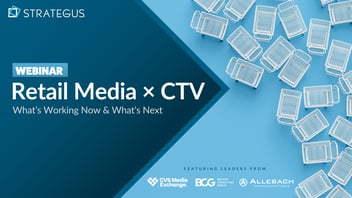
Retail Media x CTV: What's Working Now & What's Next
Retail media is no longer an early experiment. It’s entering a phase of maturity where the players, strategies, and expectations have all evolved. In...
6 minutes read

Performance TV and the Role of Streaming
For decades, television advertising has focused on one thing: building broad brand awareness. Capturing viewers’ attention has always been the name...
7 minutes read
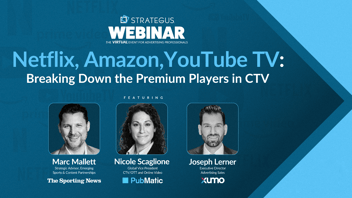
Breaking Down Premium Inventory in CTV
There’s a phrase that keeps popping up in streaming TV: premium inventory.
9 minutes read



